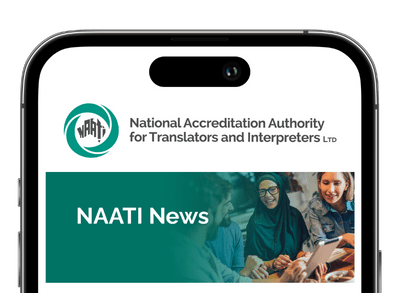About the INT Project
In 2011, NAATI began a journey to raise our standards of testing and certification. NAATI-commissioned research, led by Professor Sandra Hale, resulted in the Improvements to NAATI Testing Report and the subsequent formation of the Improvements to NAATI Testing (INT) Project. The INT Project provided NAATI’s plan for our future and viability of the industry.
The core objective of the INT Project was to improve the integrity and efficiency of the NAATI Certification System. It sought to do this by establishing transparent and reliable criteria for the award of a certification through a valid, rigorous and consistent process supported by innovative technology and best practice.
As with all our work, active engagement of our stakeholders is vital to the establishment of any new process or system. We’d like to thank all of those people who were involved.
Project objectives
The INT Project had three main objectives:
- Improved validity
- Increased reliability
- Improved practicality
In particular, some of the project aims included:
- Standards that are grounded in the role of translators and interpreters
- Standards that reflect both the current and emerging characteristics of translating and interpreting industry
- Improved and more comprehensive descriptors for NAATI standards
- Greater transparency and consistency in our certification system
- Improved access to testing e.g. via digital communication technologies
- Streamlined testing and assessment processes
Descriptors for certification
NAATI’s Certification System is designed to evaluate whether an individual is competent to practise as an interpreter or translator. It does this by setting minimum standards of performance across a number of areas of competency. Individuals who demonstrate that they meet these standards are awarded NAATI certification. This gives assurance to both the users and the service provider that the practitioner has the necessary competencies to carry out the interpreting or translating task.
Below are the descriptors of skills and competencies for interpreters and translators:





